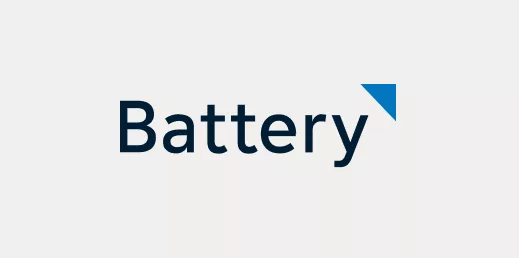We at SuperOps.ai did something recently. We went to our largest competitor’s biggest conference in Washington DC and organized a flash mob. It was a success—more prospects now know about us, we created noise, we got interview requests and media attention, and we generated reactions, mostly good.
But, this post is not about our success. It is about why early-stage Indian SaaS startups need to add ambush marketing or guerrilla marketing tactics to their marketing arsenal. Especially when your goal is to disrupt a market.
Before I get to that, here’s a look at the flash mob we organized and a selection of the reactions:
Back to what we were discussing. Ambush marketing or guerrilla marketing tactics are not new. It is as old as marketing itself. The Pepsi-Coca Cola rivalry has famously created some wonderful case studies for how such marketing works. You should check out some of the old ads and campaigns the two have pulled off against each other. More recently, Samsung went to town trolling Apple during the recent iPhone14 launch.
Freshworks too has done many campaigns on these lines. The famous Freshworks vs. ServiceNow campaigns are a case in point, and there’s, of course, the #Failsforce blimp campaign.
Yet, it is also true that our early-stage SaaS startups have rarely attempted such guerrilla marketing tactics.
There is a cultural mindset that we need to overcome. In India, even in traditional businesses and traditional marketing, we rarely see brands taking on each other openly. There is also this belief that we need to play nice.
But that won’t work, or rather, it won’t be enough if you want to disrupt a market. If you need to make it to the top, you need to take on the strongest player in the industry. Guerrilla marketing allows you to do that. It allows you to take on the leader, in their own front yard, and grab customer and industry attention. In a free market like the USA, where brands can name each other and attack each other directly in advertising and marketing, taking the direct approach will help you reap rich brand and sales rewards.
The industry leader has already done much of the work of getting customers and partners to the event and doing promotional activities. So if you run a well-tailored and thoughtfully done “gatecrashing” then you will not just ensure you build brand recall among prospects, because most of them are gathered there, but also win the respect of the competition. The result of a successful “gatecrashing” is clearly and directly establishing yourself as an alternative to the dominant player.
How to get a “gatecrashing” organized, depends on your exact campaign. Here’s how we organized our flash mob:
- The first step was deciding on what we wanted to do. We decided on a flash mob, as we wanted to bring a smile to the faces of our customers and, even, competitors. We also had a very simple, single message, as brand building was our goal.
- We hired a choreographer in Los Angeles and brainstormed on what music we should use.
- We got t-shirts printed in Los Angeles and our choreographer carried them to Washington DC.
- We hired dancers in Washington DC, and our choreographer trained them the evening before the flash mob.
- Our team did a recce of the venue and identified areas where chances of attendees seeing the flash mob were high.
- We had clearly told the dancers that they needed to be respectful and to be outside the venue.
- The first dance happened just before the sessions started, as attendees were entering the venue. Subsequent performances happened as people stepped out, and t-shirts were also distributed by the dancers at the end of the flash mob.
- We had a photographer recording the performances. We got a couple of promos done with the footage and promoted them on social media to increase impact.
There is a caveat, though. You can’t force a campaign. There needs to be a clear pain point that the competitor’s customers feel that you can capitalize upon. You can’t just pull something out of thin air. For our recent flash mob, we took on Kaseya who had acquired another competitor, Datto, earlier this year.
The Managed Services Provider (MSP) market went into shock when this acquisition happened, as Kaseya is infamous for acquiring and gutting beloved MSP tech products for parts or shutting them down. A vast majority of the MSP industry is upset about the acquisition and many have expressed how they will miss Datto. This is the message we went with because we too respect what Datto had built. Similarly, the Failsforce campaign worked because there were strong issues customers were facing with Salesforce
For an early-stage startup with limited resources, investing in such a campaign needs to be carefully thought out – they can’t afford a campaign backfiring or failing. This is why such a guerrilla marketing campaign needs to be thoughtfully planned and well executed. You should read your market and ensure the majority of your audience appreciates and gets excited by your message. That said, there will always be detractors—a good guerrilla marketing campaign will create a reaction, and as founders, we should be willing to take that risk.

























